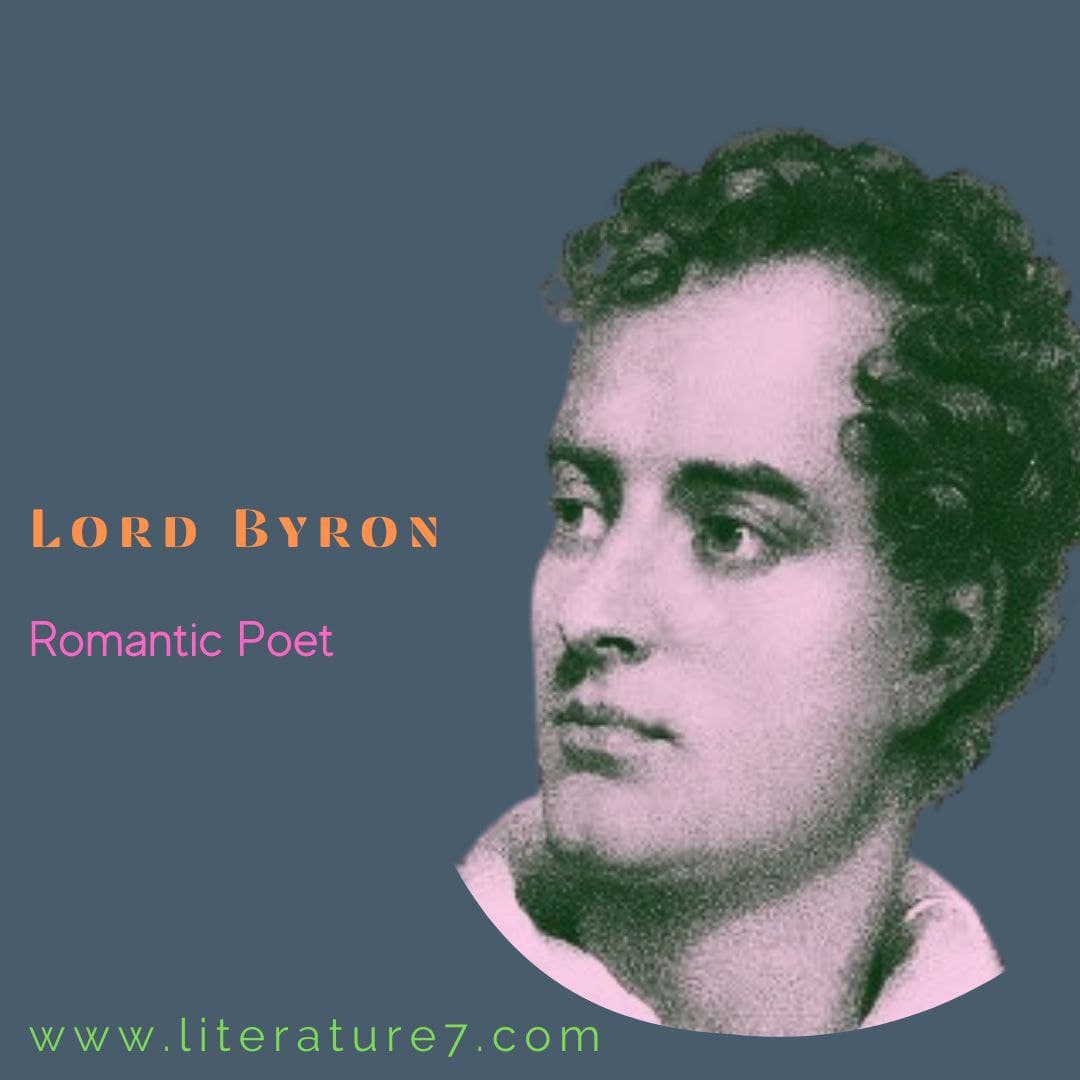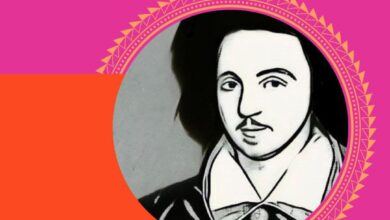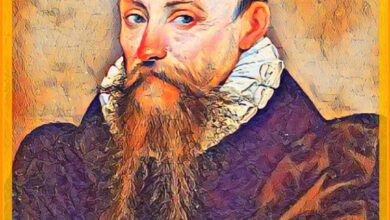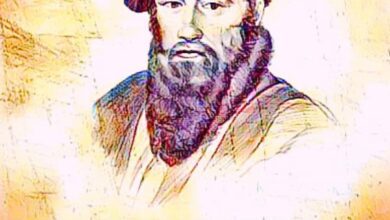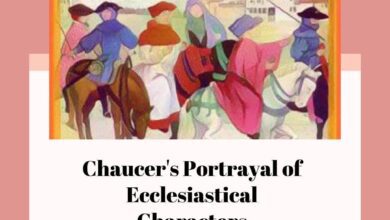Lord Byron as a Romantic Poet
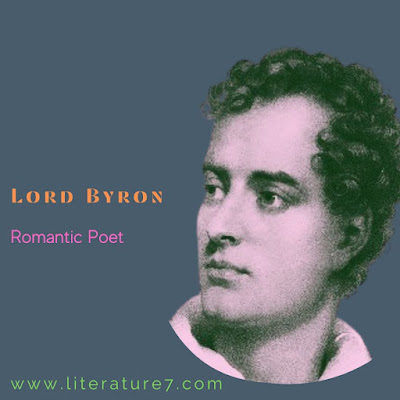
Lord Byron did not feature prominently in the portrayals from the Romantic period up to the end of the 20th century. Again, Byron loomed as the most indisputable source of issues that sat at the heart of Romanticism. While Byron continued to be a significant source for England and the English, he was portrayed as a controversial persona. From various Victorian viewpoints, the Byronian energy (as it was referred to) appeared to be one thing (usually positively); however, his equally renowned critical despair was in the same way and is generally something to be regretted. Therefore, the 19th century in England was constantly moving between the two sides of Byron with a tangled irregularity.
Lord byron romanticism
In the course of time, as Wordsworth and Coleridge slowly came to define the “centre” of English Romanticism during the critical thought of the 20th century, Byron further slipped from the picture. Rene Wellek’s contribution (‘The Concept of Romanticism in Literary Scholarship 1963) was a pivotal moment due to the fact that Wellek attempted to combine the European philosophy of religion alongside a parallel section of English culture.
The Romanticism that emerged from this synergy. Byron’s deviation seemed to be almost total. “Imagination is not the view of Byron’s on the origins of poetry, as per Jerome J. McGann; Nature is not the author’s “view of his world” (Byron is clearly an international writer), and his style is primarily conversations and historical rather than mythic or symbolic.
The triad of Wellek’s Romantics (Wordsworth, Coleridge and Byron) can be observed through the work of Byron, particularly through a study of Byron’s unique and antithetical methods of engaging with nature imagination and myth. If this love is expressed, for example, in the work of M.H. Abrams (Natural Supernaturalism) or Harold Bloom (The Visionary Company), you will find traces and differences. In the midst of a theory of Romanticism, as Wellek’s Byron, is a challenge or an irrelevant.
Read more Critical appreciation of ode on intimations of immortality
The issue or the root is historical. Although Byron does not meet the criteria set by Wellek for Romanticism, he can’t be separated from the historical phenomenon. If Romanticism considers the concept of ‘nature’ for its idea of the world, then Blake does not fit into the synergy.
“Nature” is the equivalent of the romantic world anschauung as a moment of pure tenderness and love: conceptually in opposition to urbanity and artificial, the romantic world is the basis of the concept that Wordsworth described as a “feeling”. As an artistic resource, it produces a variety of anti-Enlightenment cultural forms that are recollected critically in terms such as “the meddling intellect” and romantically transformed in terms like “the philosophic mind”. Since Blake also criticized crucial Enlightenment views, it is possible to ignore or overlook the apparent differences that differentiate his views of nature from Coleridge’s or Wordsworth’s.
However, the truth is that Blake is not averse to taking “nature as his view of the world” in any way as Byron does, even though the opposites and antinatalism of Blake, as well as Byron, are not in complete agreement between them.
A close examination of specific Romantic writers’ theories regarding the nature of imagination, symbolism, or myth reveals several fundamental distinctions. Memory is, for instance, crucial to the ideas that Wordsworth and Coleridge developed that their theories diverge drastically from Blake’s. Imagine is a conscious process for Coleridge and Wordsworth, which is subject to their will. Still, the case of Shelley is a faculty distinguished by its complete independence from willful control.
Keats developed from Wordsworth his sensationalist view of imagination that is against Shelley’s more rational views. Wordsworth’s writings are so dependent on the associationist ideas of the imagination. It is believed that Coleridge even wrote his own Biographia Literaria largely to highlight the major difference that differentiated his aesthetic views from those of an earlier acquaintance.
“Imagination, especially when it was utilized in Romantic discourse, is a deeply dialogical word. Suppose Coleridge or Shelley or Shelley, for instance, employ the term within prescriptive and conceptual frameworks. In that case, they attempt to limit the dialogism from the term and place it within a predefined conceptual frame. The same applies to Wordsworth’s, Byron’s or Blake’s explanation of terms such as “imagination” and “nature”. We can therefore discuss these theories as distinct from one another.
But in the sense that romance is not interpreted as a prescriptive, but rather as poetic economics- a constantly changing scene that is a constant source of tension and relations, like in a family- fundamental terms and data can’t be reduced to the rigours of systematic inertia. Romantic poetry, in short, is a stage for the interplay and conflicts of romantic ideologies. The forms of culture associated with Romanticism are notoriously dynamic and changeable in their shape since they usually keep their concepts and ideas open to change, even up to self-destruction.
If we choose to take this view of “the “Romantic Period”, then our goal shouldn’t be to define the period, but rather to sketch the possibilities of its dynamic. Within this framework of reference, it is helpful to understand that “periodization” itself is an important tool that has been fashioned within historical contexts as an example. Periodization could be a type of thinking about the past which was developed in the specific socio-historical contexts that were prevalent during that of the European Enlightenment. It isn’t necessary that we all need to be thinking in this way.
A modern world-historical view is not going to erase from the table of periodicities “Medieval, Renaissance, Enlightenment, Romanticism, Modernism,” however it is certain to implement radical and broad modifications and possibilities of significance. The modern historical system effectively brings “possible order” to cultural shifts and the emergence of cultural differences. Therefore, we must keep in mind the past of the process to keep it open to the entire range of its possibilities. This will must necessarily include the limitations it is always creating and discovering.
See more Critical appreciation of william hazlitt essay On Nicknames
The issue is how to use a historical method for literary research. Since historical research is an aspect of comparative studies, it aims to recuperate a lost cultural unit. Therefore, the specific date for those in the Romantic Period, 1798-1824, cannot be considered a simple assertion of facts. Academics will, of course, be aware of the meaning-making mechanism that is at play here.
1798 is the year for the publishing of Lyrical Ballads. 1824 is the year for the passing of Byron. However, these events only define the crucial material in the context of an allegory of historical significance. The majority of scholars also know that dates can be changed—the most common shifts at the terminus of 1789 as well as 1792 and 1800. However, at the end of the ad quam, 1830, 1832 and 1837 (among other dates) are well-known. They all signify a moment required to have significant cultural significance, and a historical event can be constructed in various ways. Therefore, we cannot allow ourselves to look at such events and events in large sweeping waves.
The 1820s’ period is a significant issue for (Romantic) historical literature simply because it seems to contradict, in fact, the deep mythology of Romanticism. The romantic agony is when beauty-related things aren’t always a joy to behold, and there isn’t any “abundant recompense” that appears to compensate for the cost of romantic obligations.
Keats Wordsworth, the inheritor of Wordsworth, experiences and suffers the agony. Naturally, he goes through this totally against his will in a sense. He only wants the pleasures of beauty and the lands of gold. What he is constantly discovering, however, is pretty kings, and gorgeous, cruel women and death that is not deathless; however, it is terrible for the very reason that it isn’t even a possibility and a beautiful beauty that cannot die in a kind and compassionate order of nature, but rather in the magnificent art galleries such as the one Lamia illustrates.
In the poem The Fall of Hyperion, Keats announces the death of his character in a noble tone: “deathwards progressing! To no death was that visage.” “Beyond that” shattered splendour with its bleak vision of “the lily and the snow,” Keats states in a simple way, “I must not think.” Beyond that is the single tale that no Romantic poet is willing to share: the tale of the demise of culture and art.
See also William Blake songs of innocence and of experience analysis
The poets of the 1820s were influenced by Keats as well as Byron to study the idea of a “latest dream” on the harsh hillsides of Romanticism. In 1832, a book of Poems as well as in works such as The Lady of Shalott and The Palace of Art-His tragic death became a new method of expression on the farm, where the demise of art could be buried. In 1832 we were into the Victorian period.
Lord byron as a revolutionary poet
Lord Byron also happens to be an idealist poet who screams about the demise of culture and art along with liberty and human values. In Byron’s version, the poem’s brutality is performed under an elaborate mask of benevolence. Doggerel’s doggerel is the most apparent stylistic indication of the poem’s masquerade. Byron’s Faustian discovery that isn’t redemptive in Manfred’s infamous poem: “The Tree of Knowledge is not that of Life.” According to Legouis and Cazamian.
“At the very centre of his being there is an element of morbidity the inner life built upon the full indulgence of emotion and desire reveals one of the current forms of its possible disintegration: the dispersion of the personality through the absence of an organic discipline among the motives and the acts. It would be difficult to find a character of more energy than Byron, but he was never completely master of himself.
Lord Byron life and works offer us the picture of an essential duality. That wound, the pain of which he proudly parades throughout the world, is just the semi-pathological rupture of the tissue of tendencies, which has severed all connection between one part of himself and the other. His literary personality was not less complicated. His instincts were fundamentally classical because he did not conceive of fitness in form without adequate precision and sacrificed nothing to suggest.
Pope and his school deeply influenced him. He proclaimed his indebtedness to this culture, setting it up in opposition to the new and tentative efforts of a Wordsworth or a Southey, on which he passed a very severe judgement.”
